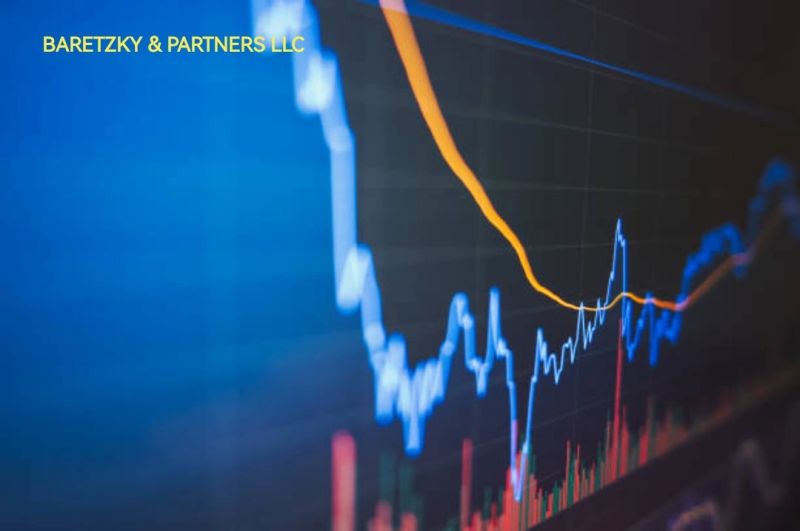
It encompasses the use of data analysis, statistical modeling, and advanced algorithms to identify, assess, and predict risks across various domains, such as finance, healthcare, supply chain, and cybersecurity. By leveraging risk analytics, companies can anticipate potential vulnerabilities, understand the likelihood of adverse events, and take proactive measures to address them.
One of the primary functions of risk analytics in mitigation is quantifying and prioritizing risks. By assessing the probability and impact of different risk factors, organizations can focus on the most critical issues and allocate resources efficiently. For instance, in financial institutions, predictive models analyze market trends and economic indicators to manage credit and investment risks, helping prevent losses from market fluctuations. In supply chain management, risk analytics identifies potential disruptions, such as supplier issues or geopolitical instability, allowing companies to create contingency plans.
Moreover, risk analytics enhances decision-making by transforming raw data into actionable insights. Advanced techniques like machine learning enable continuous monitoring and pattern recognition, making it easier to detect anomalies or emerging threats in real-time. This proactive approach aids in minimizing the impact of risks, as companies can respond swiftly to changes. Ultimately, risk analytics empowers organizations to build resilience, reduce uncertainties, and achieve long-term stability.
WWW.BARETZKY.NET




















